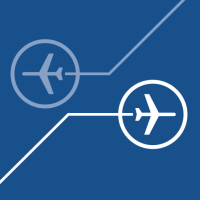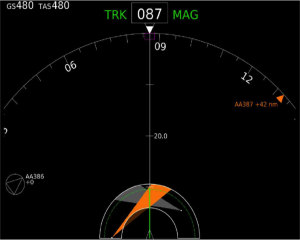Distributed control by airborne self separation.
The advent of automation in the cockpit has greatly affected the nature of the tasks on the flight deck, as well as requirements on the flight crew. Although the introduction of automation in aircraft undeniably improved performance and safety, it also increased complexity in the cockpit. In addition to knowledge of basic flight information, pilots are nowadays also required to keep track of how their automated systems work. This requires a coordination of tasks between automation and human actors, and a transparency of automation that can currently not always be guaranteed.
The focus of this project is on the concept of airborne separation, which is proposed as part of both European and American plans for the future air-traffic management system. Such a system of airborne separation implies either partial or full delegation of separation responsibility from the controller to the aircrew. This should reduce workload for the controller on the ground, and consequently increase airspace capacity, but will also lead to a profound change on the flight deck. These plans will, in order to be realized, have substantial consequences for the degree of automation, both on the ground and in the cockpit.
We argue that capturing the inherent work domain information in a functional representation should be the basis for automating the task of airborne separation. To accomplish this, a constraint-based approach, inspired by Ecological Interface Design (EID), is employed, to provide the basis for a transparent interface to automation. This method aims to make the structure of the work domain salient, and in addition to providing a basis for automation design, should yield an interface that facilitates transparency of automation, and should support operators in constructing situation awareness.


